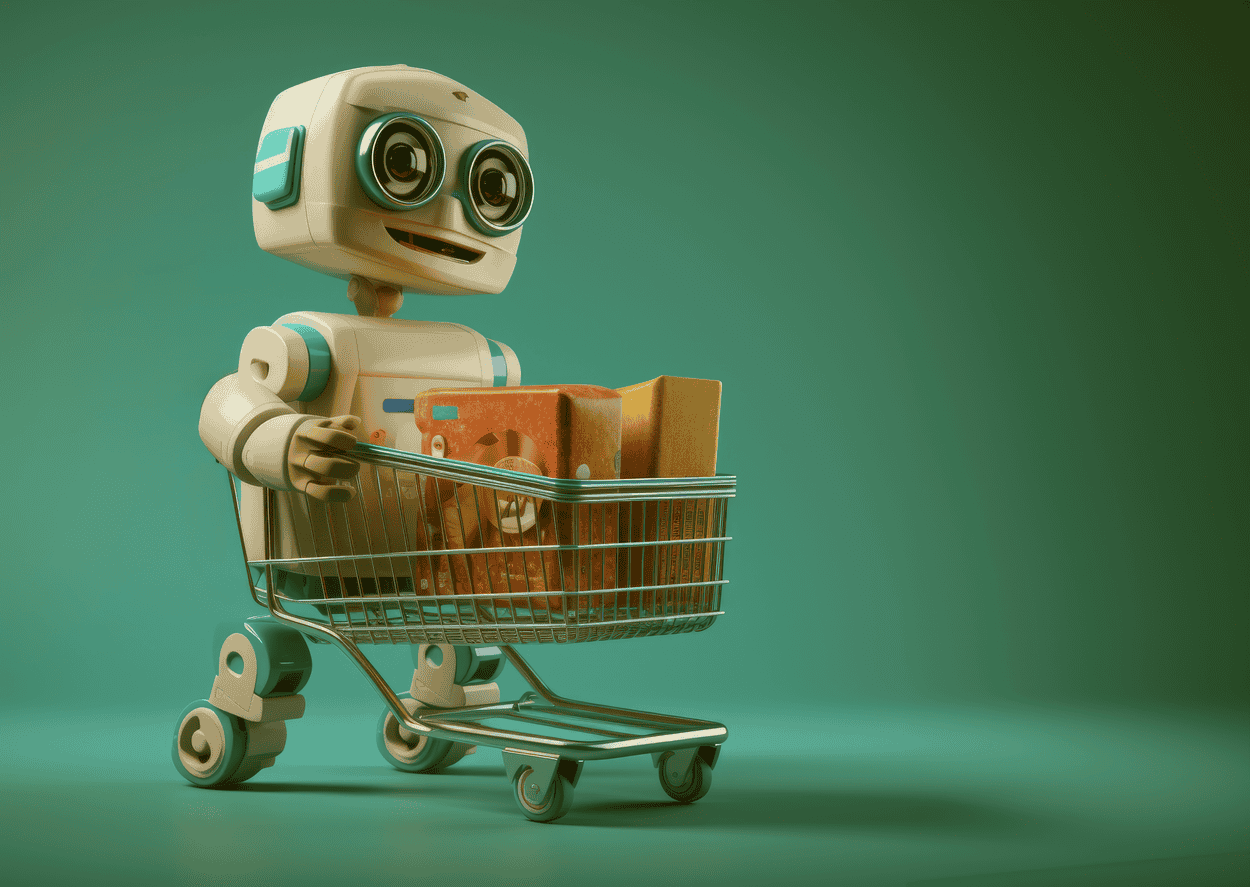Managing an eCommerce store comes with many challenges—balancing communication with customers, displaying relevant content, and interacting across various platforms. Top eCommerce stores leverage marketing automation to streamline these tasks and achieve powerful results. Statistics reveal that 49% of eCommerce businesses already use marketing automation, and with good reason: it saves hours of work, optimises marketing campaigns, and increases revenue.
In this guide, we’ll dive into the essentials of eCommerce marketing automation, from types and benefits to practical tips on getting started.

Benefits of eCommerce Marketing Automations
Marketing automation offers several advantages, including:
- Time Savings: Automate repetitive tasks, freeing up resources.
- Process Streamlining: Reduce complexity and enhance team efficiency.
- Error Reduction: Lower the risk of human error in campaigns.
- Revenue Optimization: Increase conversions with timely, personalised messages.
Automation is especially effective for cart recovery, customer retention, and increasing AOV (average order value).

Types of eCommerce Marketing Automation
1. Email Marketing Automation
Automated email campaigns are one of the most powerful forms of marketing automation. Triggered emails can welcome new customers, recover abandoned carts, or promote targeted offers. The key is personalization—using customer data like purchase history and browsing behavior to deliver tailored messages.
Pro Tip: Want to segment your email list better? Check out our blog on customer segmentation.
2. Omnichannel Automation
Omnichannel marketing integrates channels like email, SMS, chatbots, and social media to provide a cohesive customer experience. By interacting on multiple platforms, brands can build deeper connections and nurture leads effectively. Popular automation platforms for this purpose include Klaviyo, Flashy, and Omnisend.
3. Automated Workflows
Streamlined workflows improve the customer journey with automated updates for order confirmations, shipping, returns, and more. This ensures consistent communication, improves customer satisfaction, and reduces friction in the buying process.
4. Product Page Optimization
Optimise product pages to move users toward checkout. Using dynamic content—such as countdown timers, pop-ups, and notifications—can make pages more engaging and tailored to individual customers’ needs.
5. Checkout Process Optimization
The checkout process can be automated to streamline the user experience. Display relevant promo codes, save credit card information, and auto-populate addresses to reduce abandonment and increase conversions.

Best eCommerce Marketing Automation Ideas
Here are the top nine automation strategies every eCommerce store should consider:
- Order Confirmation Emails:
The post-purchase confirmation email is essential for building brand trust. Add flair by including customer reviews, user-generated content, or related product suggestions to enhance this initial touchpoint. - Shipping Confirmation Emails:
Automate shipping notifications to keep customers updated. Integrate a tool like Route to display real-time package tracking, enhancing transparency and reducing support inquiries. - Cart Abandonment Emails:
Combat the high rate of cart abandonment by setting up exit-intent pop-ups with discounts and sending follow-up emails with limited-time offers. Adding a countdown timer can further boost urgency and conversions. - Automated SMS Campaigns:
SMS campaigns have high engagement rates. Tools like SMSBump can automate messages for abandoned carts, while LiveRecover combines automation with human responses for real-time assistance. - Upselling and Cross-Selling on Product Pages:
Use automated upsell and cross-sell prompts to showcase complementary products on product and checkout pages. Tools like Bold and Recom.ai make it easy to display related products based on user behavior. - Personalised User Experiences:
Personalised content improves customer satisfaction and drives sales. Platforms like Proof allow you to deliver customised site experiences based on the visitor’s profile, preferences, and behavior. - Retargeting Ads:
Retargeting ads are highly effective for re-engaging past visitors. Create custom audiences on platforms like Facebook, Instagram, and Google Display Network to serve relevant ads and bring shoppers back to your store. - Influencer-Specific Landing Pages:
Collaborate with influencers by creating dedicated landing pages for their audiences. Include influencer-specific content and trackable links to measure the impact of each campaign.

For eCommerce store owners and marketers, marketing automation can be a game-changer. By implementing these strategies, you can save time, increase efficiency, and maximise revenue.
A good approach is to start with one automation channel, like email or SMS, and gradually expand your strategy based on data insights. Always make data-backed decisions, test different automations, and adapt to your customers’ evolving needs.
Automate, personalise, and succeed!
